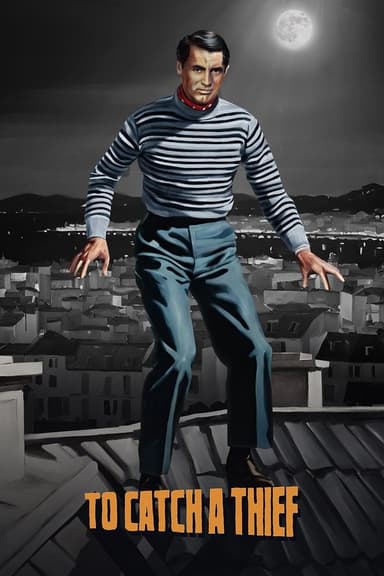
Little Women
1994 • Drama, Romance • PG
Four sisters come of age in America in the aftermath of the Civil War.
Runtime: 1h 59m
Why you should read the novel
Reading Louisa May Alcott’s Little Women reveals the full richness of the March sisters’ lives, thoughts, and growth in a way no movie adaptation can emulate. The novel brings out Jo, Meg, Beth, and Amy through intimate, evolving detail—offering internal monologues, subtle motivations, and personal dreams that sometimes get lost in cinematic translation. With gentle humor, period observations, and honest emotion, the book sweeps you into a world that’s as much about personal aspirations as it is about family ties.
Where the movie highlights key events, the novel gently explores the girls’ everyday lives, moral choices, and developing relationships, weaving in a tapestry of subplots and lessons. Alcott guides readers directly through their struggles and joys, allowing you to experience firsthand their triumphs, mistakes, and changes over time. This deeper immersion not only lets you know the March sisters better, but also evokes empathy for their individual journeys.
Discovering Little Women on the page means traveling alongside Louisa May Alcott’s own voice and values without a director’s interpretation in between. You’ll find new layers to each character and scene, explore timeless themes at your own pace, and fully embrace the historic textures that made the March family’s story endure for generations.
Adaptation differences
One major difference between the 1994 film adaptation and Alcott’s novel is the scope and pacing of the story. The movie, limited by time, compresses or omits several plotlines, especially those involving minor characters and some everyday details that make up much of the book’s charm. This focus means that certain events are streamlined or left out, giving the film a more dramatic arc while the novel savors the gentle pace of family life.
Another key change is in character development, particularly for Amy and Laurie. In the book, Amy’s growth and her evolving relationship with Laurie are explored in depth, revealing subtle motivation behind their choices. The film simplifies their romance and downplays some of the “European” chapters, which provide much of their character arc in the novel. As a result, book readers may perceive Amy’s transformation and her bond with Laurie as more natural and heartfelt on the page.
Jo’s narrative is also more nuanced in the novel, especially regarding her writing career and moral development. The book offers passages full of her internal struggle, aspirations, and doubts—moments that are harder to capture on screen. Scenes with Jo and Professor Bhaer, too, are more extensive and emotionally complex in Alcott’s writing, whereas the film condenses their time together for pacing and simplicity.
Finally, the novel’s treatment of themes such as personal sacrifice, ambition, and family philosophy is broader and often more didactic. Alcott’s voice guides readers not only through narrative but through clear messages about virtue, independence, and the roles of women in society. The movie tends to modernize or soften these lessons, emphasizing emotional climaxes rather than the original’s moral and reflective tone.
Little Women inspired from
Little Women
by Louisa May Alcott


